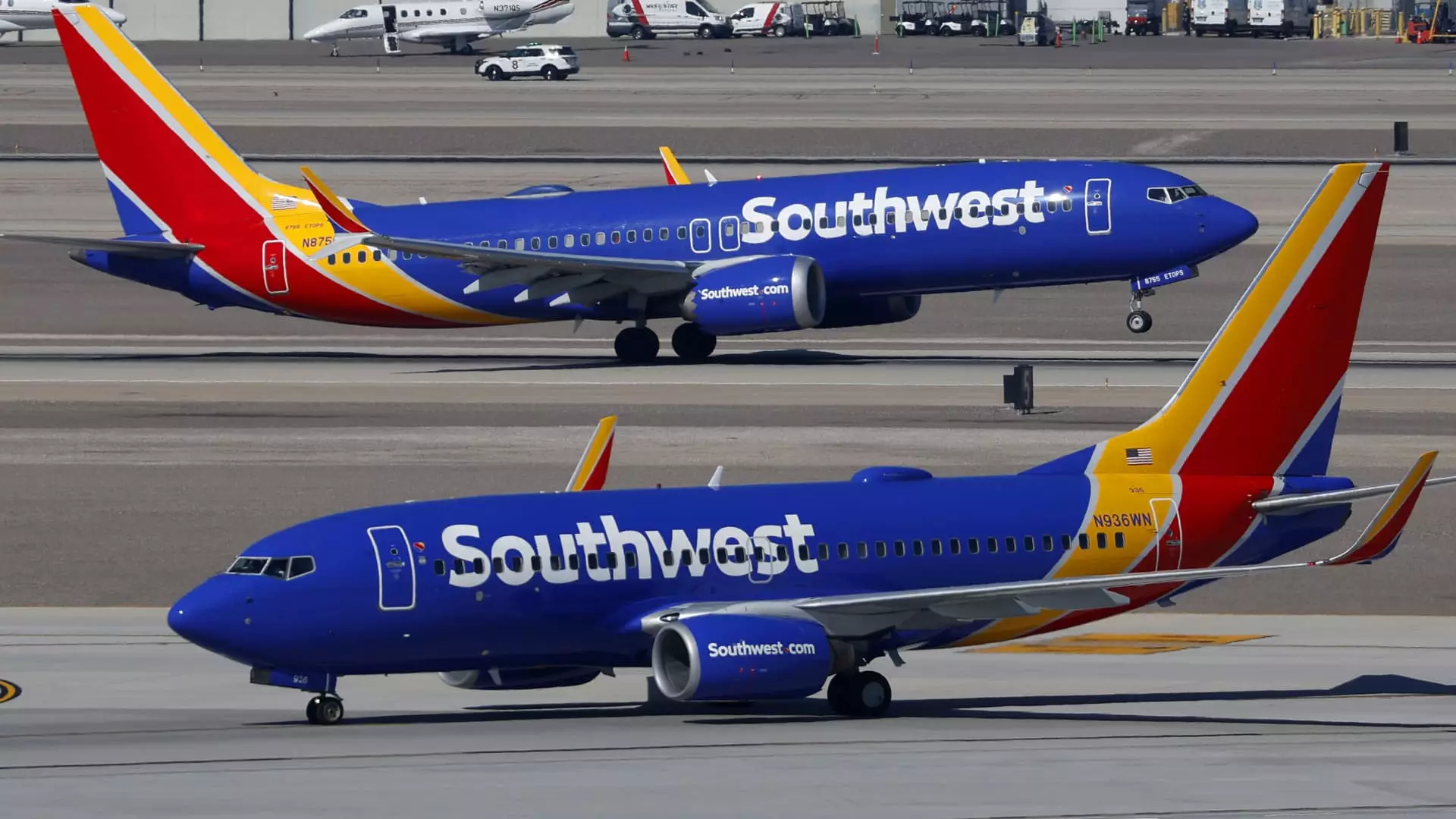Southwest Airlines, long revered for its distinctive open seating policy, is embarking on a transformative journey that strikes at the core of its identity. For over half a century, open seating defined Southwest’s brand—fostering a sense of casual camaraderie among travelers, promoting efficiency, and defying industry norms. Now, the airline is officially reversing this tradition, introducing assigned seating starting January 27. This decision signals more than a mere operational change; it embodies a fundamental shift in how Southwest perceives customer service, competitiveness, and revenue strategy. While critics may see it as capitulation to industry standards, supporters might argue it’s a necessary evolution to stay profitable amid rising competition.
This change suggests Southwest is gradually abandoning its rebellious stance in favor of a more conventional, revenue-optimized model. Expect a different airport experience—no longer the chaos of rushing to secure a coveted spot, no more frantic scramble for the best seat in the house. Instead, travelers will now face a structured boarding process, largely dictated by loyalty tiers and fare types. With this move, Southwest risks losing a prized element of its identity—its free-spirited, egalitarian approach—yet it also seeks to adapt to a more profit-driven, efficiency-oriented market environment.
Financial Motivations and Strategic Overhauls
The decision to implement assigned seating is deeply rooted in Southwest’s broader strategic overhaul aimed at bolstering revenue streams. Despite its reputation for low fares and customer-friendly policies like two free checked bags, the airline has recognized the need to diversify income sources amid fierce competition from more profitable rivals. By adding assigned seating, Southwest can generate additional ancillary revenue through seat selection fees—an increasingly common practice in the airline industry.
Furthermore, Southwest’s leadership is targeting a projected increase in earnings—an estimated $800 million in 2023 and up to $1.7 billion by 2026—by executing a series of initiatives, including bag check fees, new fare structures, and premium seating options, such as extra-legroom seats. These measures clearly indicate a shift from the “disruptor” image to a more conventional, revenue-oriented carrier. Yet, this approach raises questions about whether Southwest can sustain its loyal customer base, which values simplicity, transparency, and freedom from extra charges. Is this tailored strategy a necessary evil for long-term survival or a betrayal of its core principles?
The Boarding Experience Reimagined: Efficiency vs. Loyalty
The most immediate impact of this policy change is on passenger boarding procedures. Gone are the days of boarding groups, A-B-C queues, and the last-minute scramble for preferred seats. In their place, Southwest will introduce a multi-tiered boarding system based on loyalty status, ticket class, and seat selection. Elite customers and top-tier frequent flyers will board first, followed by other passengers based on fare type and credit card membership.
While efficiency gains are evident, the emotional and social aspects of the open seating system will be diminished. For many travelers—families, group travelers, or those who delight in the spontaneous thrill of finding a prime seat—the new system may feel restrictive and impersonal. Access to preferred seats and extra-legroom options will likely come at an added price, further reinforcing the class divisions among passengers. This could be seen as a democratization of sort—more predictable, less chaotic—but also as a loss of spontaneity and the egalitarian spirit that once set Southwest apart.
The Future of Loyalty and Competition
Implementing assigned seating reflects a broader industry trend: airlines adjusting their models to maximize revenue rather than solely focusing on customer loyalty through simplicity and trust. Southwest’s move is a tactical shot across the bow of competitors, signaling a willingness to change their signature policies to remain financially viable. However, this gambit risks alienating a loyal customer base that valued open seating as a symbol of Southwest’s affordability and transparency.
The question remains: can Southwest strike a balance between profitability and brand integrity? Will loyal customers accept the added fees and structured boarding processes, or will this drive them toward rivals that still offer more relaxed policies? As the airline industry becomes increasingly commoditized, Southwest’s bold departure from tradition serves as a test of whether authenticity and uniqueness can be sacrificed for the sake of survival—possibly setting a precedent for other carriers, but also risking the erosion of consumer goodwill.
In summary, Southwest’s decision to end its long-standing open seating policy marks a pivotal moment in its history. While driven by sound financial motivations and industry pressures, it challenges the core values that once made Southwest a beloved brand. Whether this move signifies adaptability or turning away from its roots remains to be seen, but one thing is clear: in the world of modern aviation, flexibility often comes at the cost of identity.

